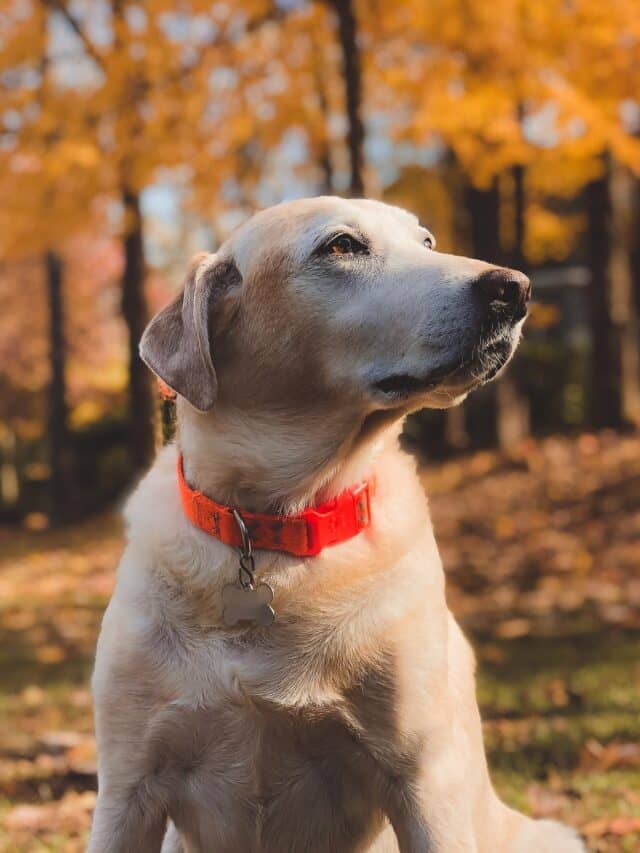Separation anxiety in dogs is a serious behavioral issue that can cause significant distress for both the dog and their owner. When left alone, dogs with separation anxiety may exhibit a range of behaviors, including:
- Destructive Behavior: Chewing on furniture, doors, or other objects.
- Excessive Vocalization: Barking, howling, or whining excessively.
- House Soiling: Urinating or defecating indoors, even if they are normally house-trained.
- Loss of Appetite
- Pacing and Restlessness: Constant movement and agitation.
- Attempting to Escape: Trying to break through doors, windows, or fences.
- Self-Mutilation: Chewing on paws or tail.
The Emotional Toll:
Beyond the physical manifestations, separation anxiety can take a significant emotional toll on dogs. They may experience:
- Fear and Anxiety: Intense feelings of fear and worry when left alone.
- Stress and Frustration: Frustration at being unable to control their environment or be with their owner.
- Loneliness and Isolation: A sense of loneliness and isolation, especially if they are left alone for long periods.
If left untreated, separation anxiety can worsen over time and lead to more severe behavioral problems.
It’s important to seek professional help from a veterinarian or a certified animal behaviorist to develop a behavior modification plan tailored to your dog’s specific needs.

Dr. Suranjan Sarkar is a veterinarian and also a writer and editor for both print and digital with a love for travel, animal, and architecture. Much of his writing has focused on human and animal health and welfare. A life-long pet owner, His two favorite canine quotes are, “Be the kind of person your dog thinks you are,” and “Dogs communicate their feelings honestly and directly. There’s no hidden agenda or manipulation.”











Pingback: Dog Won't Eat: Causes and Solutions - Pluto Pet Clinics